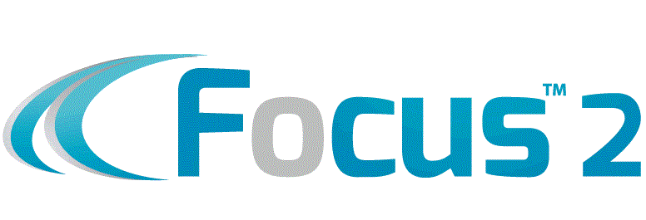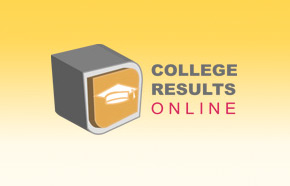Federal Student Loans
The maximum amount of federal student loans that are offered to a college freshman is $5,500. (There are some exceptions to the maximum amount which is based on extreme need.) The maximum amount of loans offered each year goes up. The maximum amount of federal student loans that a undergraduate college student can take out is $27,000.
| Annual Maximum Loan Limits | |
| Grade Level | Dependent Students |
| Freshman: 0 – 29 credit hours | $5,500 (no more than $3,500 subsidized) |
| Sophomore: 30 – 59 credit hours | $6,500 (no more than $4,500 subsidized) |
| Junior/Senior: 60+ credit hours | $7,500 (no more than $5,500 subsidized) |
There are two types of federal student loans that are offered, Subsidized and Unsubsidized. Both of these loans are deferred (no payment is required) during the college years as long as the student is a full time student. Full time student means the student takes 12 credit hours (or more) of classes per semester. (Please note that if a student takes 12 credit hours per semester, this student will NOT graduate in four years. A student with 16 to 18 credit hours will typically graduate in four years or less.)
Federal student loans that are “unsubsidized’ are loans that will accrue interest during the deferral period. Meaning, if one takes a federal unsubsidized student loan for $1,000, at the end of the deferral period the amount owed would be $1000 plus the interest that accrued. If the unsubsidized loan is not paid off at the end of the deferral period interest will continue to accrue.
Federal student loans that are “subsidized’ are loans that will NOT accrue interest during the deferral period. Meaning, if one takes a federal subsidized student loan for $1,000, at the end of the deferral period the amount owed would be $1000. Once the deferral period ends if the subsidized loan is not paid off, interest will start to accrue.
If a student accepts the federal student loan(s), then it is the responsibility of the student to pay off these loans, not the parent. Parents can choose to help pay off the federal student loan, however parent are not responsible for these loans.
It is up to the college’s discression to offer federal subsidized student loans.
The federal Parent PLUS loan is offered to the parent to cover the gap of the cost of the college. There is no maximum amount of federal Parent PLUS loans, except for the total cost of the college. It is not unusual for some colleges to offer to the parent a federal Parent PLUS loan for $40,000, $50,000 and even $70,000 or more for one year of college.
Parents can choose to accept or decline the federal Parent PLUS loan. Parents can also choose to accept a portion of the federal Parent PLUS loan. For example if the parent was offered $30,000 in the federal Parent PLUS loan, the parent could accept only $20,000 or $10,000 or any amount less than the maxiumum offered.
The federal Parent PLUS loan is not automatically deferred. However you can ask them to defer payments for the federal Parent PLUS loan. Interest will accrue once the funds have been distributed and interest will continue to accrue durring the life of this loan.
If a parent accepts the federal Parent PLUS loan, then it is the responsibility of the parent to pay off these loans, not the student. The student can choose to help pay off the federal Parent PLUS loan, however student is not responsible for these loans.
Loans are NOT free money. Loans must be paid back.
More info can be found here https://studentaid.gov/understand-aid/types/loans





